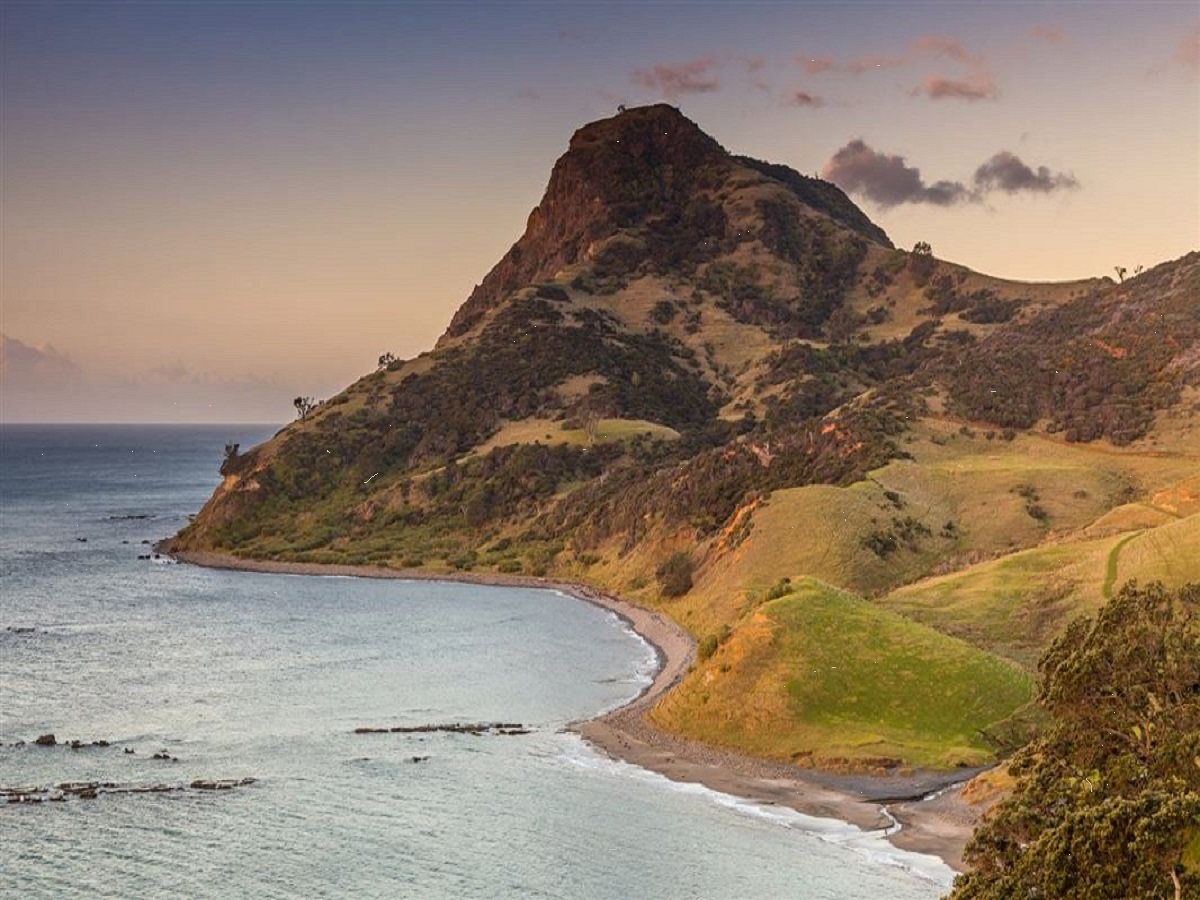Towering over Gilgit-Baltistan, Pakistan, Gasherbrum II, also known as K4, beckons mountaineers and adventure seekers with its alluring beauty and challenging slopes. This formidable peak, the 13th highest mountain in the world at a staggering 8,035 meters (26,362 ft), holds a unique place in the Gasherbrum massif. Its moniker, “Gasherbrum,” derived from Balti words meaning “beautiful mountain,” aptly captures the essence of this majestic peak. While not the most technically challenging 8,000-meter peak, Gasherbrum II offers a formidable test of endurance and a rewarding experience for skilled climbers.
A Peak Steeped in History and Names
Gasherbrum II’s rich history is interwoven with its various names. The designation K4, assigned during the Great Trigonometric Survey of India in the 19th century, reflects its position as the fourth peak identified in the Karakoram range. However, the more evocative name, Gasherbrum II, bestowed upon it by local communities, reflects not just its position but also its undeniable beauty. Early explorers also referred to it as “Broad Peak II” due to its proximity to the wider Broad Peak, but this name has fallen out of favor in recent times.
A Realm of Untamed Beauty
The landscape surrounding Gasherbrum II is a photographer’s paradise. Towering neighbors like K1, Broad Peak, and the mighty K2 create a dramatic backdrop. Glacial moraines, sculpted by time, snake their way down valleys, while cascading waterfalls add a touch of dynamism to the scene. Wildflower meadows burst with vibrant colors in spring, contrasting with the snow-capped peaks that pierce the clear blue sky. The air is crisp and clean, offering unobstructed views that leave trekkers breathless. As the sun dips below the horizon, the mountains are bathed in a kaleidoscope of colors, creating an unforgettable spectacle that will forever be etched in memory.
A Climber’s Challenge: A Test of Skill and Determination
Reaching the summit of Gasherbrum II is a significant achievement reserved for experienced mountaineers. The ascent demands a high level of physical fitness, technical climbing skills, and a deep respect for the mountain’s unforgiving environment. The standard route, the Southeast Spur, involves navigating steep slopes, crevasses, and icefall hazards. Altitude sickness, a constant threat at such high elevations, adds another layer of difficulty. Those who conquer Gasherbrum II earn a place among a select group of mountaineers who have pushed themselves to the very limit in pursuit of an extraordinary feat.
A Gateway to Cultural Gems
The journey to Gasherbrum II isn’t just about the mountain itself. It’s an opportunity to experience the rich cultural heritage of Gilgit-Baltistan. Trekkers pass through charming villages inhabited by the Balti people, renowned for their warm hospitality and unique traditions. Stone houses adorned with intricate carvings and colorful prayer flags line narrow paths, offering a glimpse into a way of life shaped by the mountains. Evenings spent around crackling bonfires with locals provide a chance to hear stories, share laughter, and gain insights into this fascinating culture.
Unveiling the Hidden Beauty: Trekking Options
While scaling Gasherbrum II is reserved for experienced climbers, several trekking options allow others to witness the mountain’s grandeur. The Baltoro Glacier Trek, often referred to as the “Crown Jewel of Pakistan Treks,” takes hikers through breathtaking scenery, culminating in a view of Gasherbrum II from a distance. This challenging yet rewarding trek allows even non-climbers to experience the majesty of the Karakoram and appreciate the stunning beauty of Gasherbrum II.
For those seeking a shorter yet equally rewarding experience, the Concordia Trek offers awe-inspiring views of Gasherbrum II alongside other giants of the Karakoram. This trek traverses through valleys adorned with wildflowers, glacial moraines, and crystal-clear glacial lakes, creating a picture-perfect postcard of the region.
A Responsibility to Protect the Pristine
Preserving the pristine wilderness surrounding Gasherbrum II is of utmost importance. Trekkers and climbers alike must adhere to Leave No Trace (LNT) principles. Packing out all waste, minimizing campfires, and respecting wildlife are essential practices. Supporting local communities by opting for locally-owned guesthouses and purchasing handicrafts directly from artisans fosters a sustainable approach to tourism.
A Beacon for Adventure and Exploration
Gasherbrum II, the “Beautiful Mountain,” continues to captivate the imagination of adventurers and nature enthusiasts worldwide. Its challenging slopes, breathtaking beauty, and rich cultural context make it a truly unique destination. By embracing responsible tourism practices and respecting the mountain’s fragile ecosystem, visitors can ensure that Gasherbrum II remains a wonder for generations to come. So, lace up your boots, pack your sense of adventure, and embark on a journey to witness the majesty of this “Beautiful Mountain” in the heart of Gilgit-Baltistan.
Beyond the Summit: Exploring the Allure of Gilgit-Baltistan
The allure of Gasherbrum II extends far beyond the realm of mountaineering. The surrounding region of Gilgit-Baltistan, nicknamed the “roof of the world,” offers a multitude of experiences for visitors seeking adventure, cultural immersion, and breathtaking natural beauty.
A Trekker’s Paradise
Gilgit-Baltistan boasts a network of well-established trekking routes catering to various difficulty levels. For those seeking a less strenuous experience, the Skardu Valley offers breathtaking scenery with options like the Shangri-La Trek or the Baltoro Glacier Jeep Safari. These journeys provide opportunities to witness the dramatic landscapes of the region without the physical demands of high-altitude treks.
A Journey Through Time
Gilgit-Baltistan boasts a rich history dating back centuries. Trekkers can explore historical sites like Altit Fort and Khaplu Fort, remnants of a time when these ancient structures served as centers of power and trade. Rock carvings scattered throughout the region offer glimpses into the lives of those who inhabited these mountains long ago. Exploring these historical sites allows visitors to travel back in time and gain insights into the region’s fascinating past.
A Haven for Wildlife Enthusiasts
The mountains of Gilgit-Baltistan are home to a diverse range of wildlife. Keen-eyed explorers might spot elusive snow leopards, majestic golden eagles soaring through the clear skies, or playful marmots basking on rocks. The region is also home to the endangered Marco Polo sheep, with their impressive horns and thick coats adapted to the harsh environment. Responsible wildlife viewing practices are crucial, maintaining a safe distance and avoiding disturbing the animals’ habitat.
A Cultural Tapestry
Gilgit-Baltistan is a melting pot of cultures, with each ethnic group adding its own unique thread to the rich tapestry of the region. Trekkers can encounter the warm hospitality of the Wakhi people, known for their traditional clothing and agricultural way of life. The Ismaili communities, with their strong cultural identity and focus on education, offer another glimpse into the region’s diversity. The Balti people, renowned for their resilience and deep connection to the mountains, have inhabited these lands for generations, their traditions and customs woven into the very fabric of the region. Visiting historical mosques and traditional villages allows visitors to delve into the region’s rich past and vibrant present.
A Photographer’s Playground
The dramatic landscapes of Gilgit-Baltistan provide endless opportunities for photographers. From capturing the towering peak of Gasherbrum II bathed in golden sunlight to documenting the vibrant culture of the local people, the region offers a visual feast for shutterbugs. The clear mountain air ensures stunning clarity in photographs, allowing visitors to capture the essence of this magical place. Photographers can experiment with capturing the vastness of Gasherbrum II’s slopes, the intricate details of glacial formations, or the vibrant colors of wildflowers blooming in the valleys – each frame a testament to the region’s breathtaking beauty.
A Journey for All
Whether you’re a seasoned mountaineer seeking to conquer Gasherbrum II, a passionate trekker yearning for breathtaking vistas, a curious traveler interested in cultural immersion, or a wildlife enthusiast hoping to spot elusive creatures, Gilgit-Baltistan has something to offer everyone. With its diverse landscapes, rich history, and warm hospitality, this region promises an unforgettable adventure that will leave a lasting impression. So, plan your trip to Gilgit-Baltistan, embrace the spirit of adventure, and discover the wonders that lie beyond the summit of Gasherbrum II.





Leave a Reply